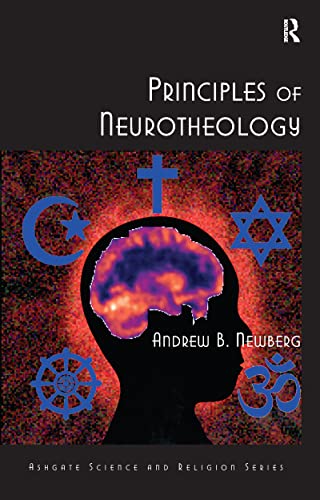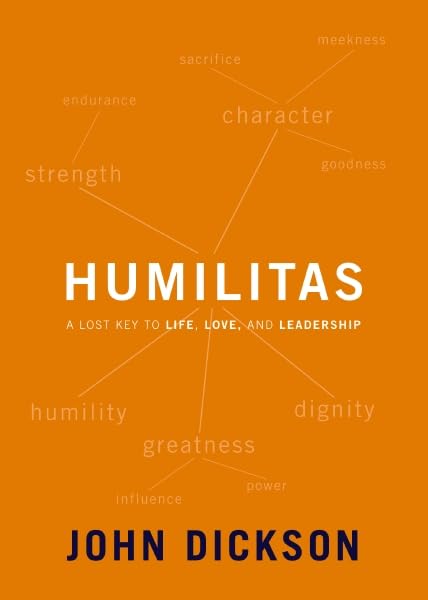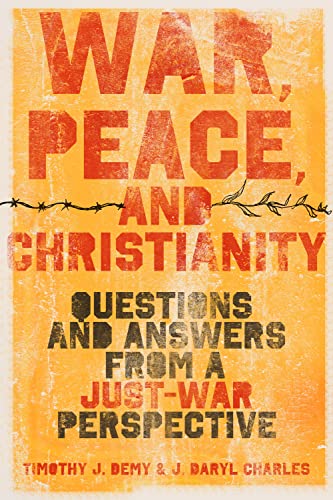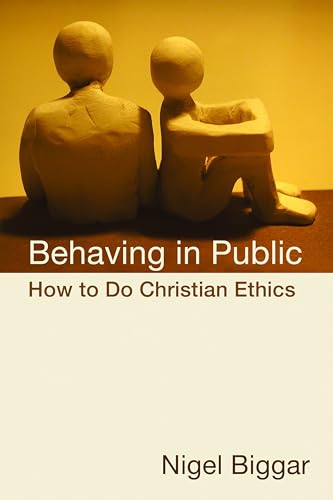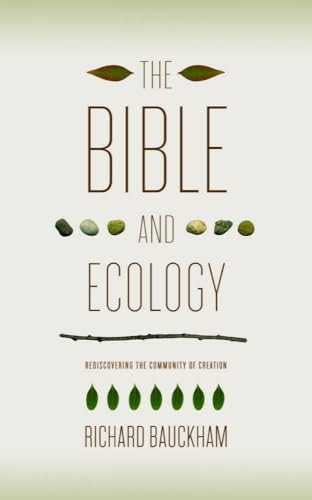‘Enlarge the Site of Your Tent’: The City as Unifying Theme in Isaiah
Written by Archibald L. H. M. van Wieringen and Annemarieke van der Woude, eds. Reviewed By Daniel C. TimmerThis is the second volume to issue from the Isaiah Workshop, founded in 1974 by J. L. Koole in Kampen, the Netherlands. This group intentionally brings together scholars from varied perspectives and is particularly interested in crossing the “classic borderlines delineating diachronic and synchronic exegesis (p. vii). While the first volume (Studies in Isaiah 24-27 [OtSt 43; Leiden: Brill, 2000]) limited itself to the “Apocalypse” near the midpoint of the book, the present volume is more audacious, exploring the unity of the book as a whole. This undertaking is well-justified, however, not least because the last two decades have seen the publication of several important volumes that explored with increasing frequency the unity of Isaiah (e.g., C. C. Broyles and C. A. Evans, eds., Writing and Reading the Scroll of Isaiah: Studies of an Interpretative Tradition [VTSup 70; 2 vols. Leiden: Brill, 1997]; R. F. Melugin and M. A. Sweeney, eds., New Visions of Isaiah [JSOTSup 214; Sheffield: Sheffield Academic, 1996]). Readers hoping to find extensive methodological discussion will be disappointed, however. As the editors state, “The question is not whether the book Isaiah forms a unity or not, but rather as to how such a unity can be depicted” (p. vii). The various chapters, because they employ quite different methods, do usually find a degree of unity in the book, but the basis and extent of this unity varies according to the method used in each case.
Because the editors give paragraph-length summaries of each chapter in the front matter (pp. viii-x), this review reflects on the link between method and results and the potential compatibility of the different types of unity discovered by diachronic and synchronic methods in three of the book's chapters. M. J. de Jong's detailed diachronic study identifies several stages in the development of what eventually became the book of Isaiah. First are the eighth-century sayings, which “relate to concrete historical episodes” and are “pro-Judean” but not in favor of Hezekiah's rebellion (pp. 42-43). The perspective of later sections of the book was influenced by the abortive Assyrian aggression against Judah and Jerusalem in 701 and the assassination of Sennacherib in 681. These events drove an “Assyrian Redaction” that focuses on “the downfall of Assyria and the reign of an ideal king in Judah” (p. 45). This line of thought, Jong argues, gathered momentum under Josiah's reign until it gave birth to a third phase, reflected in the negative evaluation of Ahaz (and thus of the Davidic line) in 7:1-7 and dated by Jong to the sixth century (p. 47). These diachronic developments in the book's Zion theology (in which God commits to protecting of his chosen city of residence and to maintaining David's kingly line) constitute a unifying theme across the book.
Leaving aside the merits or weaknesses of the historical-critical approach, it is somewhat surprising to read at the conclusion of this diachronically oriented chapter that Jerusalem “is an important unifying concept within the Isaiah tradition, both from a synchronic and from a diachronic dimension,” since Jong does not consider whether the varying perspectives he sees could be explained not by reference to different historical origins but to a multifaceted perspective deriving from one author. This has been done by Mark Boda with respect to the various perspectives on empire in Chronicles (“Identity and Empire, Reality and Hope in the Chronicler's Perspective,” in Community Identity in Judean Historiography: Biblical and Comparative Perspectives [ed. G. Knoppers and K. Ristau; Winona Lake: Eisenbrauns, 2009], 249-72), and such work helpfully explores alternative explanations for such complexity.
Other essays choose methods that operate without reference to possible diachronic features in the text's formation. But this is not to say that they do not attend to dynamism in the text. On the contrary, Wieringen traces the spectrum of the reader's involvement from narrative (where he is a spectator) through dialogue (where he listens or is addressed) to tension (which forces the reader to read beyond a given text for its denouement). He notes that the last category (tension) occurs at three significant junctures in Isa 1-39: the pilgrimage of the nations to the mountain of the house of the Lord (2:2-5), the anticipated song in Isa 12, and the open-ended Babylonian visit to Jerusalem in Isa 39, which interestingly is never said to leave the city (pp. 52-53). Notably, this last instance contrasts with the events of Isa 36-37, where the Assyrian is definitively eliminated, and the reader must “take the plunge into 40:1-11” to fully appreciate the role of Babylon in Isaiah (pp. 57-58).
W. A. M. Beuken does not hesitate to cite passages from across the book as he traces various themes in Isaiah, implying that the potentially varied historical origins of these pericopae do not deprive them of a fundamental coherence. For the same reason he speaks often of the “Book of Isaiah” but does not use the First/Second/Third Isaiah terminology that was prevalent until recently. Beuken's study examines the contrast between Babylon and Jerusalem in the larger context of Isa 13-23 and argues that in some ways they are only too similar. Babylon is lumped together with other cities or nations that refuse to glorify God, including not only Moab, Egypt, Aram, and Tyre, but Jerusalem as well! On the other hand, “Zion, because it will proclaim God's praise to the nations (chapter 12)” is contrasted with Jerusalem, which pays no attention to him (Isa 22:11). Jerusalem is not mentioned in the balance of Isa 24-27, while in Isa 28 Zion emerges as the recipient of God's “preferential protection” in the context of “the establishment of God's kingdom over all earthly powers” (p. 80).
These three chapters exemplify three different approaches to the diachronic-synchronic question. While Jong and Beuken both believe that the book's parts or layers originated in historically diverse contexts, in Beuken's case the theological unity of the book predominates (whether such an approach reflects an internally consistent method is a question that must be settled elsewhere). For van Wieringen, the origins of the book's parts are of very little consequence because on his view the text's grammar and rhetorical features necessarily involve the reader in its message.
These diverse methods, especially their varied assumptions regarding authorial intent, illustrate the “severe tensions” that Y. Gitay sees in interpretations that attempt to understand mutually incoherent parts of a book (per most diachronic methods) by means of a meta-historical redaction, a common synchronic feature (Gitay, “Prophetic Criticism—'What Are They Doing?': The Case of Isaiah—A Methodological Assessment,”JSOT 96 [2001]: 101-27). While this work does not attempt to resolve such questions, until such resolution appears, it affords interpreters of varying persuasions the opportunity to hear and critically interact with each other's work. Especially because the volume's bibliography is predominantly drawn from non-English sources (e.g., the work of Christopher Seitz is cited only once; Brevard Childs not at all), it is an excellent entrée into contemporary continental European interpretation of Isaiah and its methodological diversity.
Daniel C. Timmer
Daniel C. Timmer
Faculté de théologie évangélique
Montréal, Québec, Canada
Other Articles in this Issue
Evaluating a new English translation of the Bible can be extremely difficult...
In the November 2009 edition of Themelios, Dane C...
Jonathan Edwards (1703-1758) is remembered today as a saint, scholar, preacher, pastor, metaphysician, revival leader, theologian, Calvinist—the list goes on...
Almost two decades ago I wrote an essay titled " When Is Spirituality Spiritual? Reflections on Some Problems of Definition ...
He was the youngest son of elderly parents. His childhood was secluded and unhappy, which might in some measure account for his lifelong melancholy...



